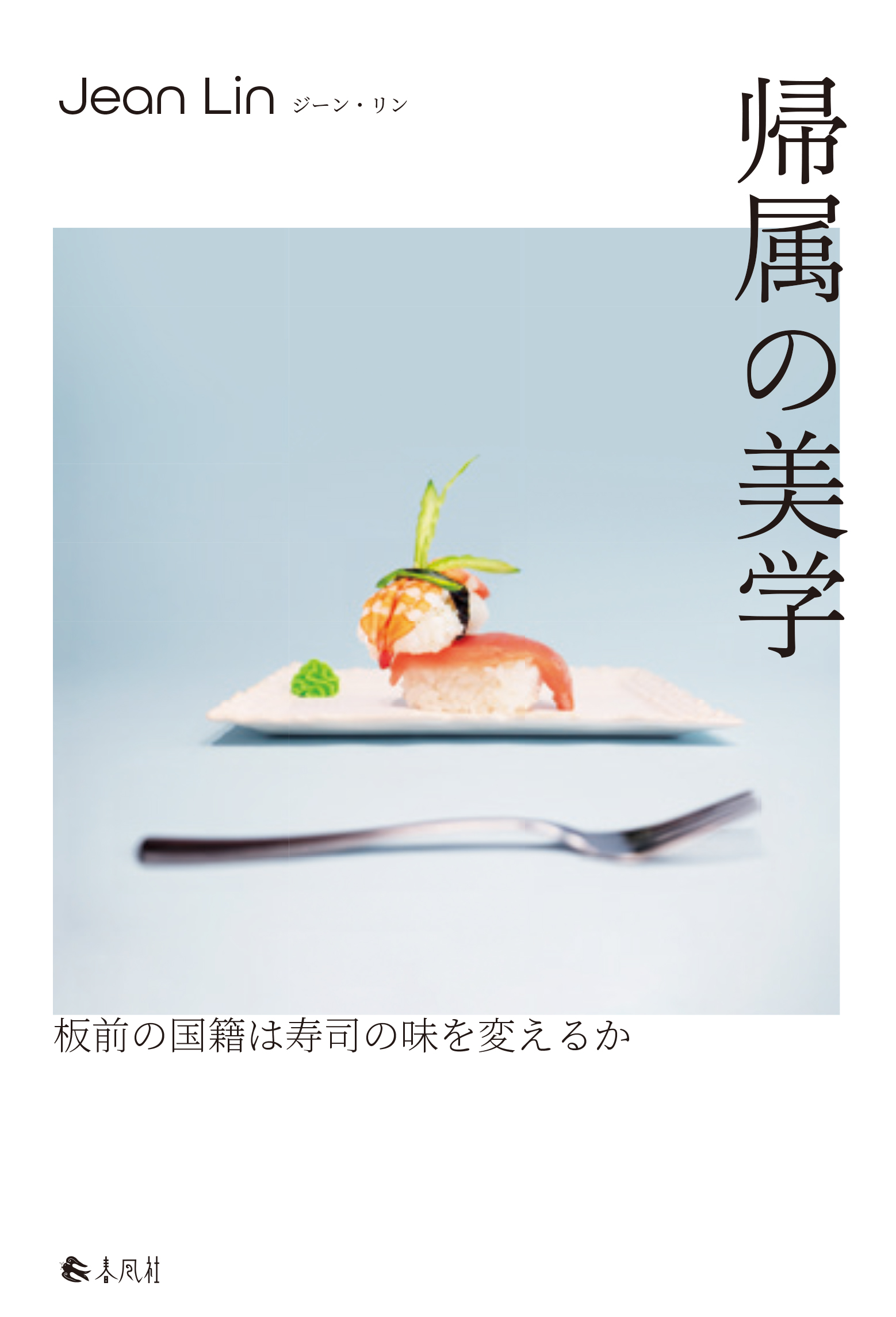
Title
Kizoku no Bigaku (The Aesthetics of Attribution - Does the Nationality of the Chef Change the Taste of Sushi?)
Size
302 pages, 127x188mm, hardcover
Language
Japanese
Released
January, 2024
ISBN
9784861109072
Published by
Shumpusha Publishing
Book Info
See Book Availability at Library
Japanese Page
During college, I worked part-time at a sushi restaurant in the United States. One day, a Mexican sushi chef was fired, and a Korean chef was hired as a replacement. When I questioned the owner why, the owner said that the Korean chef would look more ‘authentic.’ This incident sparked a thought in my mind—does the nationality of the chef change the taste of sushi? This question forms the foundation of this book.
Of course, as an academic writing on aesthetics, this book discusses more than just sushi. The question ‘does the nationality of the chef change the taste of sushi?’ symbolizes the judgment of value relying not on sensory aspects based on the physical medium of the artwork but on contextual aspects such as background knowledge and information. Have you ever struggled to understand contemporary art and relied on critics’ comments or museum descriptions to appreciate artworks? Have you ever listened to a lengthy description of a dish before eating at a fancy restaurant, chosen a restaurant recommended by locals while traveling, purchased a bag based on the brand name, or decided not to watch a movie due to an actor’s scandal? Every day, we derive value from various subjects based on context-dependent judgments. It may even be rare for us to perceive the value of something without any dependence on context.
This book mainly focuses on the context related to ‘attribution.’ The context in which individuals or things belong to specific categories, such as the creator’s title or the artwork’s genre, can become preconceptions that influence our value judgments. For instance, as many associate ‘sushi’ with the category ‘Japan,’ some may be prejudiced that ‘sushi prepared by a Japanese chef should be more delicious.’
Through examining various cultural phenomena, including art, cuisine, fashion, craft, film, literature, tourism, and issues like cultural appropriation, cancel culture, and political correctness, this book develops the aesthetics of attribution, or the mechanism of value judgment based on the context of attribution, using the methodology of analytical aesthetics. Its most distinctive feature lies in its attempt to integrate issues from cultural studies, ranging from imperialism, multiculturalism, cultural relativism, and cultural essentialism to aesthetic discourses such as the relationship of art and morality or authenticity, the definition of art, and the subjectivity and objectivity of beauty, all under a unified theoretical framework.
Aesthetics is a branch of philosophy that focuses on beauty and art. Therefore, it is often perceived as abstract, complex, and detached from reality. However, it is a field that can engage in discussions directly related to everyday sensory questions that anyone might have, such as ‘does the nationality of the chef change the taste of sushi?’ In other words, thinking about sushi and thinking about art may not be so different. I hope this book conveys that aesthetics is a discipline with real-world relevance connected to our lives and experiences.
(Written by: Jean Lin / March 25, 2024)
Table of Contents
Introduction
1. Epistemology of Attributive Properties
1.1 Attributive Properties and Group Relativism
1.2 Group Standards and Individual Standards
1.3 Types and Functions of Attributive Properties
1.4 Do Attributive Properties Bring Aesthetic Value?
2. Values Arising from the Boundaries of Culture
2.1 Outsiders and Insiders
2.2 Majority and Minority
2.3 Relative Objectivity of the Creator’s Cultural Identity
3. Authenticity and Morality
3.1 Immorality in Pursuit of Authenticity
3.2 New Category Argument
3.3 Moral Value and Aesthetic Value
Does the Nationality of the Chef Change the Taste of Sushi?
4. Values Arising from the Boundaries of Art
4.1 Blurred and Reconstructed Boundaries of Art
4.2 The Nature of Resembling Categories
4.3 Types of Resemblance
5. Attribution to Art
5.1 Can Borderline Cases Have Multiple Identities?
5.2 Mutual Relationship of the Institution and Function of Art
5.3 When Are Borderline Cases Art?
5.4 Group Relativism in Art
Conclusion
Afterword
References
Index
Related Info
The 4th UTokyo Jiritsu Award for Early Career Academics (The University of Tokyo 2023)
https://www.u-tokyo.ac.jp/ja/research/systems-data/n03_kankojosei.html
Related Article:
“Multiple Identities of Borderline Cases in Art” (The Nordic Journal of Aesthetics Vol. 65 pp. 112-119 2023)
https://tidsskrift.dk/nja/article/view/140110
“On Appreciating Artworks Involving Cultural Properties” (Aesthetics 23-24 pp.89-100 2021)
https://www.bigakukai.jp/aesthetics_online/aesthetics_24/no.23-24_top.html



